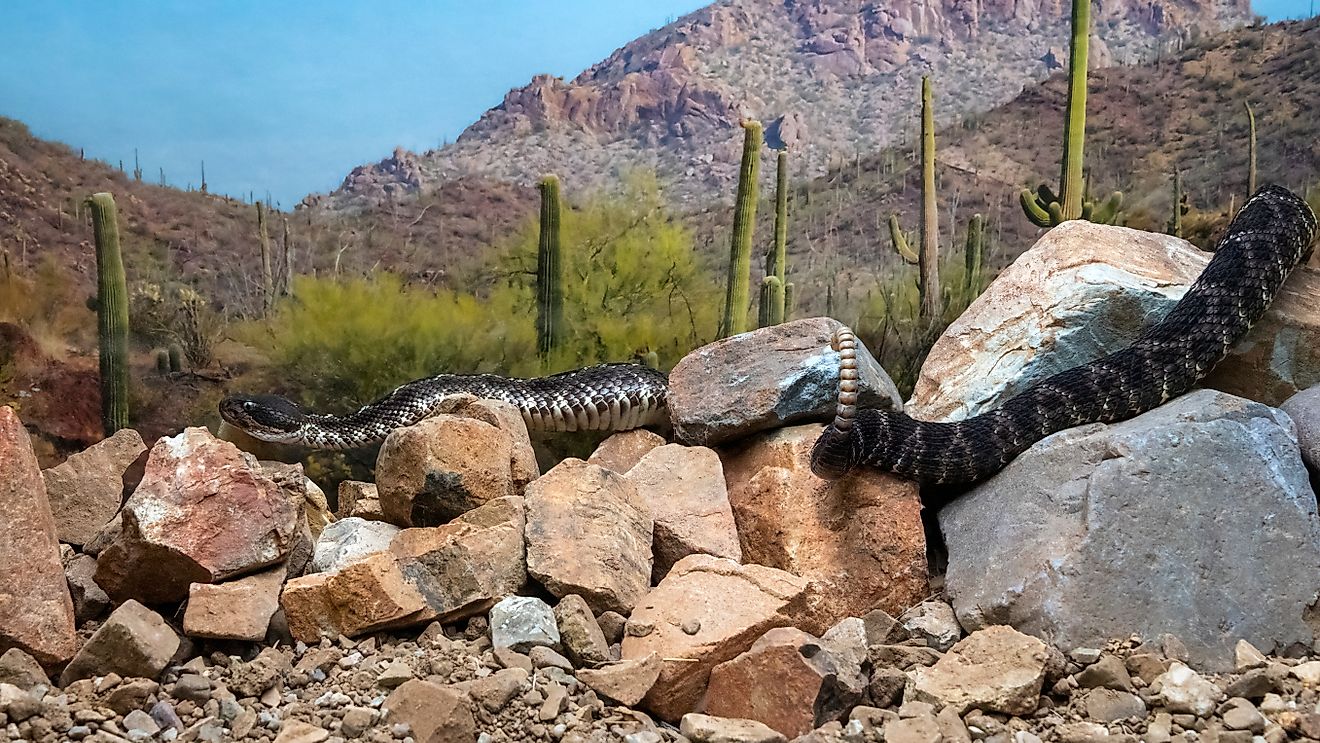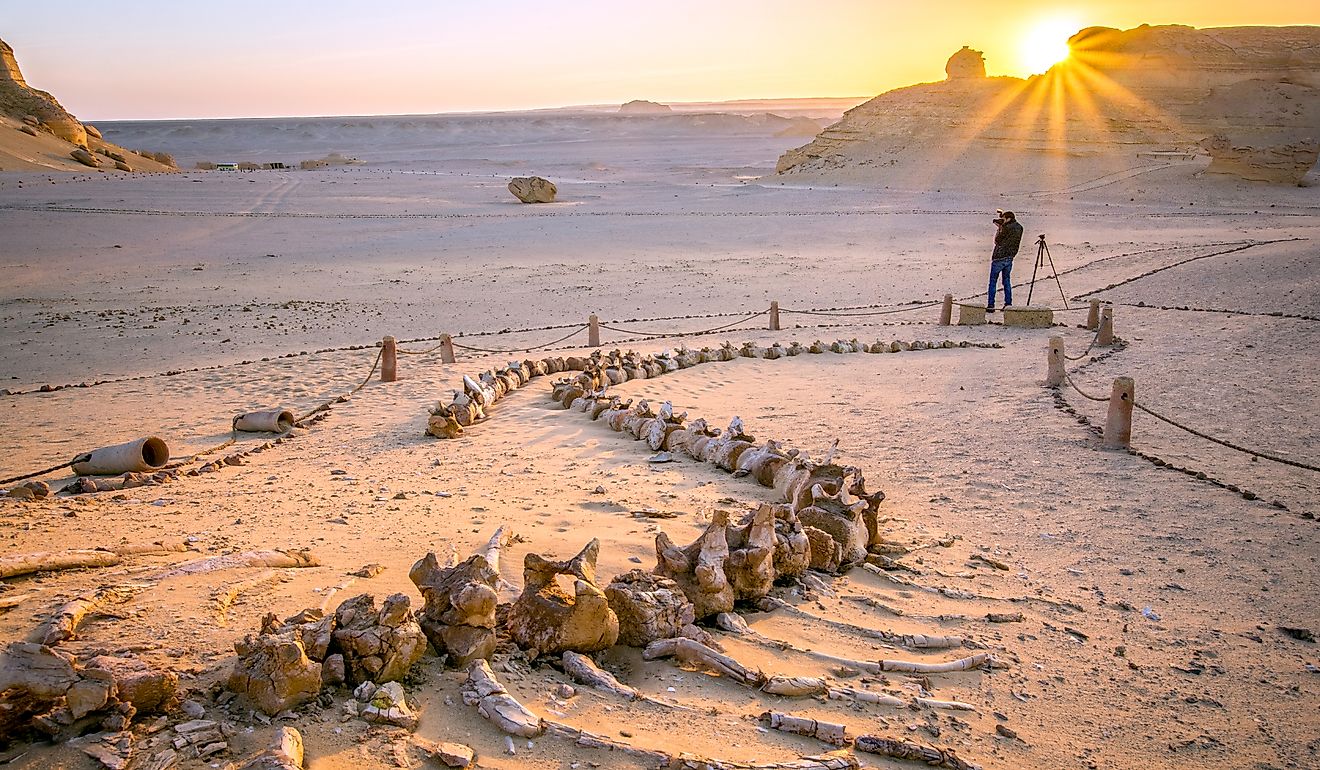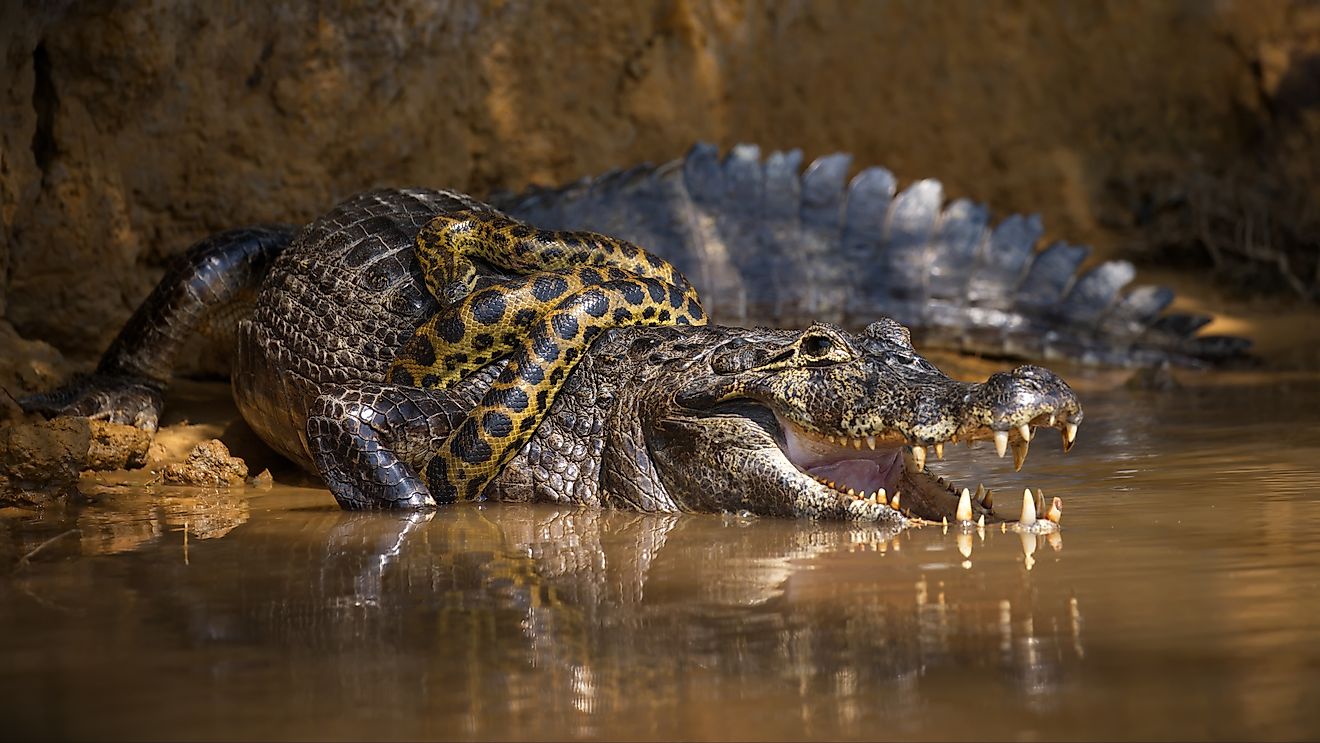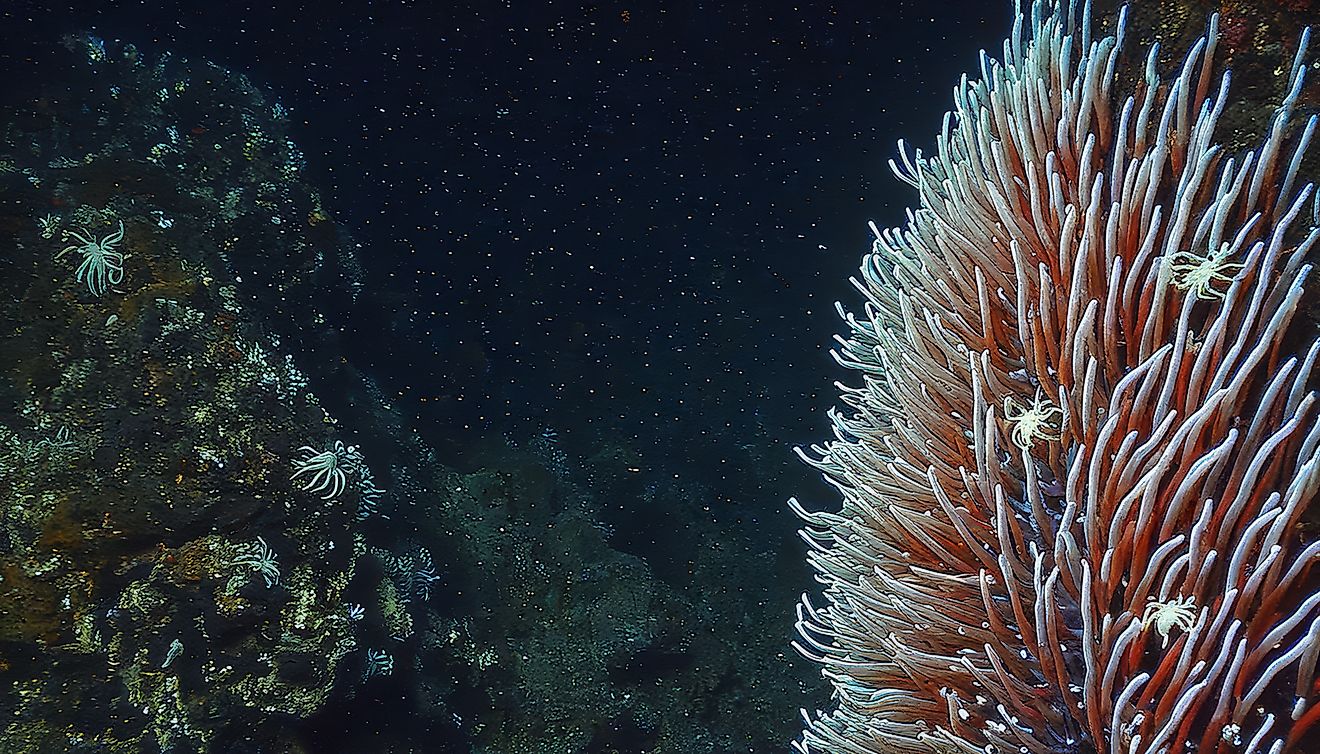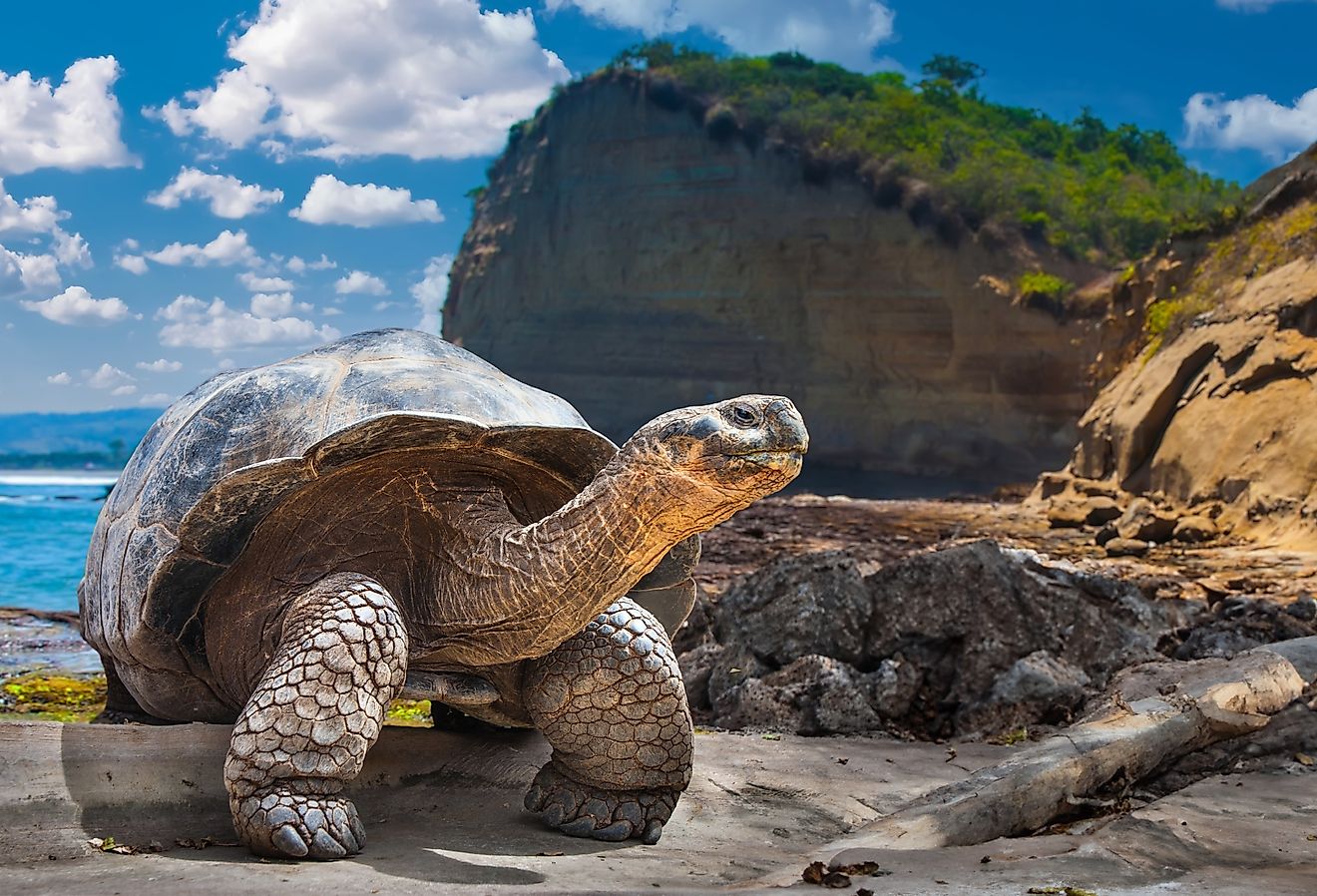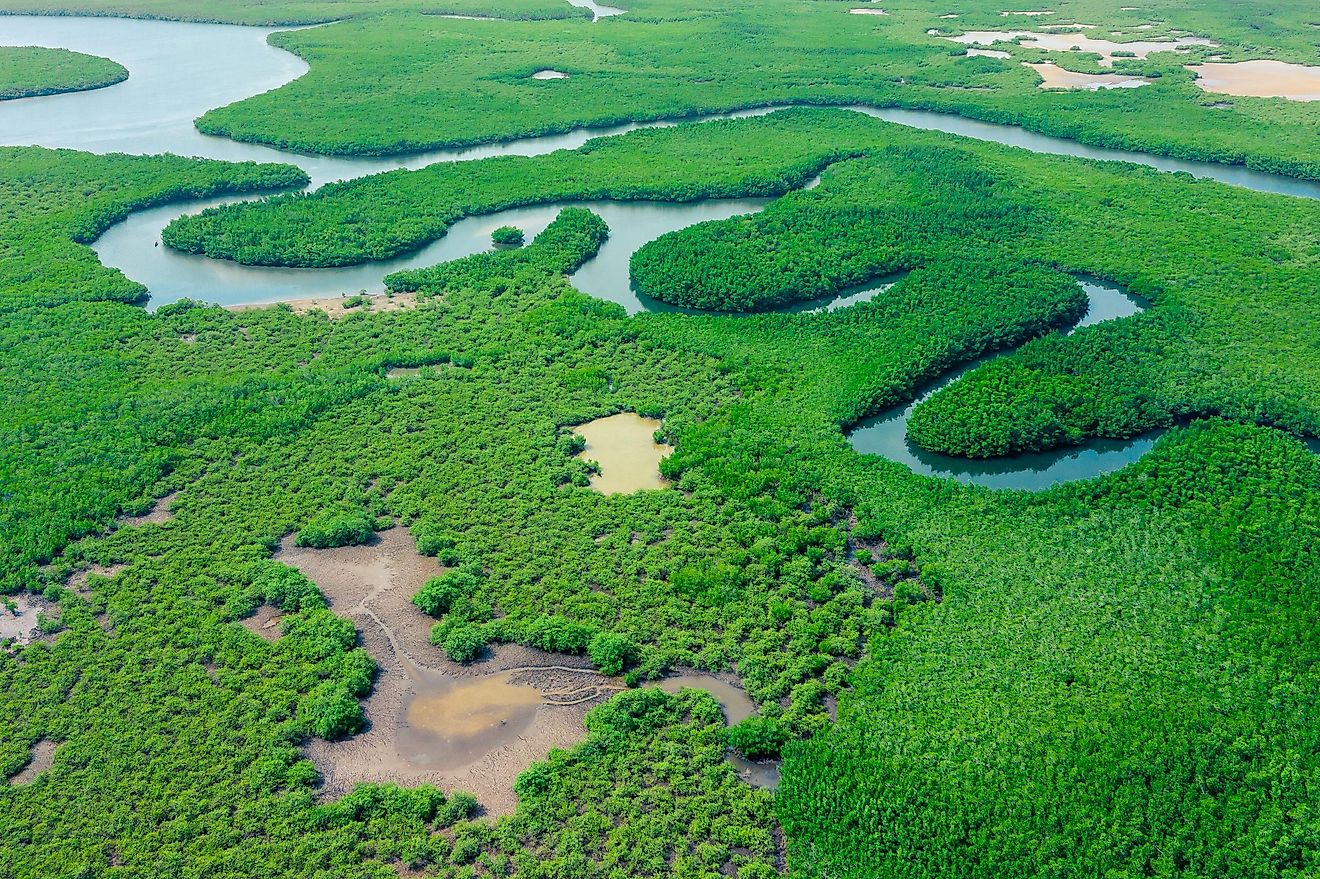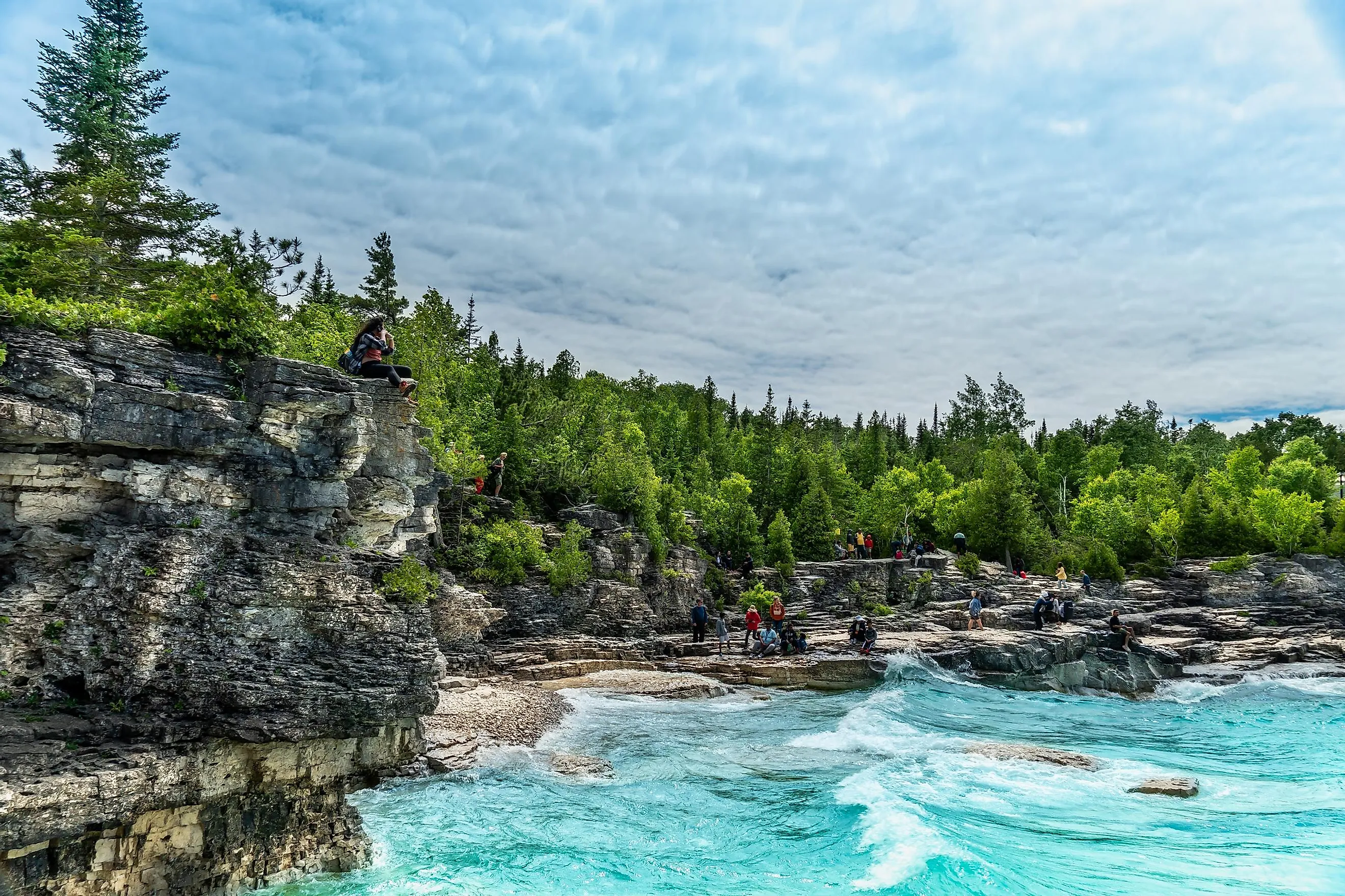
The Bruce Trail: Exploring and Preserving the Niagara Escarpment
When pondering the great trails of North America, one's mind likely skips to the Pacific Crest Trail in the west, or the Appalachian Trail in the east. But there is an underrated strip of wilderness in southern Ontario known as the Bruce Trail that constitutes the longest and oldest marked trail in Canada. This 1,375-kilometer (854-mile) route rides the Niagara Escarpment all the way from the Niagara River (on the New York border, not far from Niagara Falls) to the tip of the Bruce Peninsula (which proudly splices the waters of Lake Huron and Georgian Bay). In 2010, I had the opportunity to (mostly) thru-hike the Bruce Trail. Back then, it was already a well-established and rewarding trek. But in the subsequent years, the Bruce Trail Conservancy has only continued to expand its scope - not only replacing modest amounts of road sections with freshly blazed wooded trails, but ensuring that the path, and surrounding habitats, are permanently protected. Let's delve a little deeper into the majesty of the Bruce Trail.
Hiding in Plain Sight
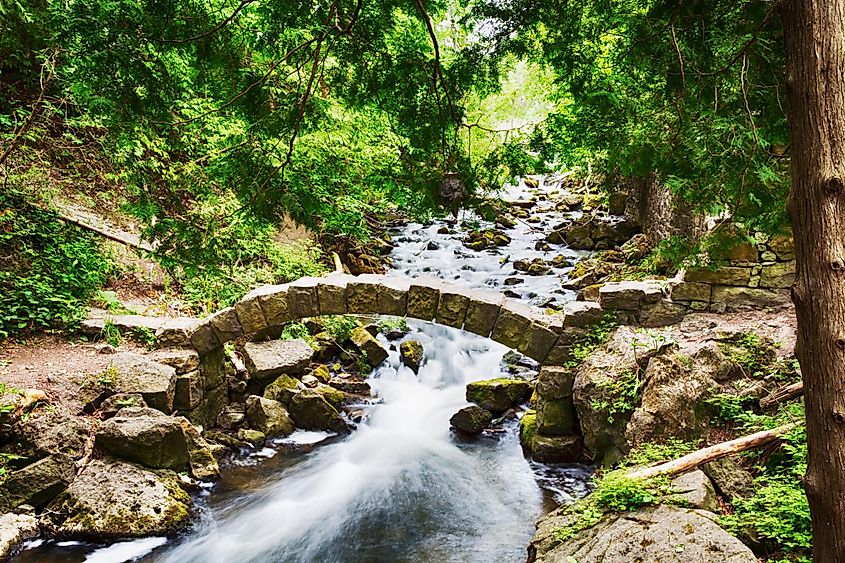
Hamilton is often referred to as "Steel City." The industrialized harbor and metropolitan build-up that spills over from the Greater Toronto Area doesn't tend to connote pristine wilderness and abundant outdoor recreation. This is why Dundas Valley Conservation Area is so special. During my undergrad at McMaster University, my cross-country compatriots and I would regularly gather to train on these extensive trails - a network that, despite growing up in a nearby town, was completely unknown to me. No matter how many kilometers we ran, there always seemed to be more paths branching off into the undulating forests. At first, I mostly relied on the seniors to lead the way, but eventually, I noticed that some of the trails were marked with white and blue blazes. Such was my introduction to the Bruce Trail.
Throughout my undergrad, curiosity about this long-distance trek, combined with my idolization of Christopher McCandless, aka "Alexander Supertramp," planted a seed that I would finally sow after graduation. I remember finishing my last exam, having one last bash with my housemates, and then setting forth the following rainy morning with a grossly-overstuffed trekking bag (Cheryl Strayed-style). I was 20 years old, inexperienced in every regard, but ripe for what turned into a month-long solo adventure - one that imprinted a lifelong love for the trail, and the escarpment.
A Bit About The Trail
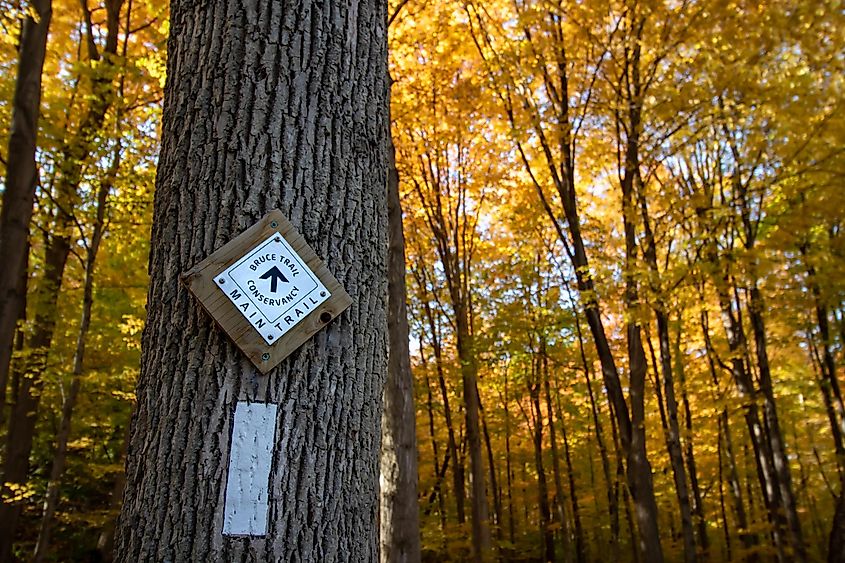
The Bruce Trail was christened on June 10th, 1967 - just in time for Canada's Centennial. Its primary route (marked with white blazes) extends for over 900 kilometers (559 miles), at a more-or-less north-south trajectory, from Queenston to Tobermory. There are also 450 kilometers (280 miles) of enticing side trails (marked with blue blazes). And thanks to the continued efforts of the Bruce Trail Conservancy, the cumulative distance grows each year (more on this in a moment). The trail can be broken down into nine sections, each showcasing varying combinations of natural attractions, such as waterfalls, wetlands, woodlands (including 1,000-year-old cedars), limestone cliffs, enchanting coves, the Great Lakes, and plenty more.
What's unique about the Bruce Trail is that even though it feels quite remote at times, it skirts one of the most densely populated parts of the most populous Canadian province. In fact, over 1.3 million people live amongst the Niagara Escarpment, and an estimated seven million live within 100 kilometers (62 miles) of the trail. The Bruce, therefore, is a last bastion against the complete urbanization of these vital landscapes.
The Significance of the Bruce Trail
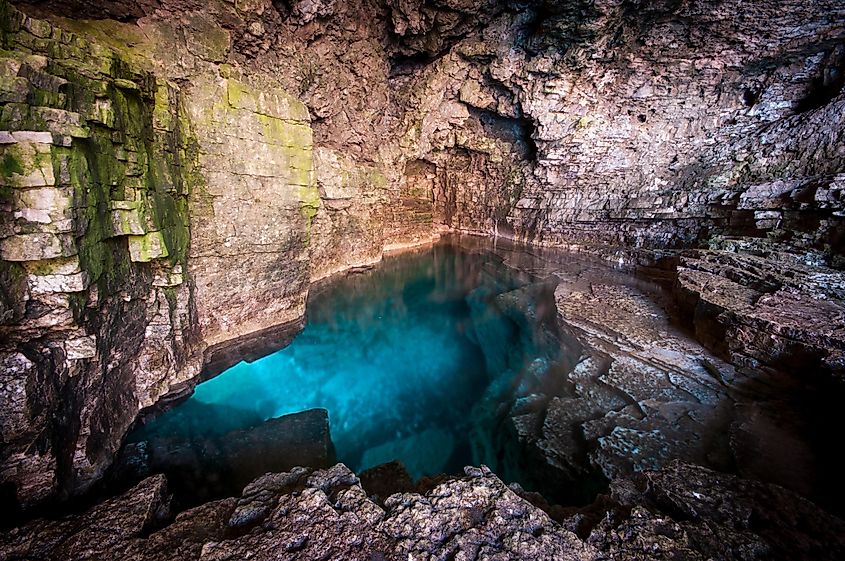
The backbone of the Bruce Trail is the Niagara Escarpment. This 725-kilometer/194,555-hectare UNESCO Biosphere Reserve represents the region's largest contiguous primary forest and covers two major biomes: temperate broadleaf forest (in the south) and boreal needle leaf forests (in the north). Here, between Lake Ontario and Georgian Bay/Lake Huron, 300 species of birds, 55 mammals, 36 reptiles and amphibians, 90 varieties of fish, and 100 standout species of flora have found a home. This means that the Niagara Escarpment has the highest level of species diversity of all of Canada's 19 biosphere reserves. The Bruce Trail serves to connect millions of people with these precious ecosystems in a low-impact way - thereby increasing awareness and enthusiasm for the conservation mission.
Another admirable achievement of the Bruce Trail is its continued ability to unite government bodies and ordinary citizens under a collective goal. The existence, maintenance, and expansion of the trail depends on cooperation between the Government of Ontario, local municipalities, volunteers from the Bruce Trail Conservancy, the Saugeen Ojibway Nation, and the private owners of over 670 properties - all in the face of population pressures and alternative economic prospects
The Bruce Trail Conservancy
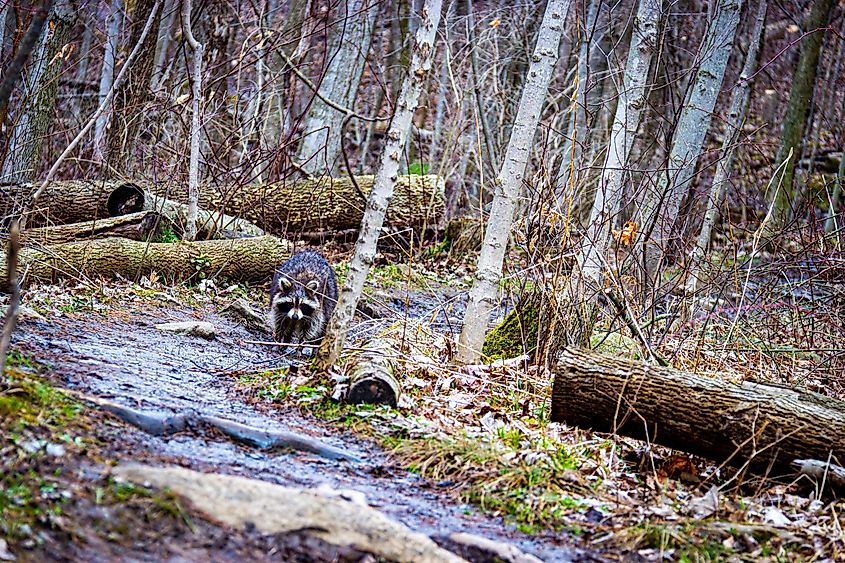
The mission of the Bruce Trail Conservancy is to "[Preserve] a ribbon of wilderness, for everyone, forever." In order to do that, this member-driven charitable organization (which constitutes one of the province's largest land trusts) is working to solidify the Bruce Trail within a permanently secured natural corridor. After adding another 3.59 kilometers (2.2 miles) to the BT's "Optimal Route" last year, as well as preserving another 445 acres across six new areas of the escarpment, that goal is currently 70.6% realized (as of the 2022/23 season).
Each of the nine Bruce Trail Clubs relies exclusively on volunteers to help build, maintain, rehabilitate, reroute, promote, and protect the trail. Some of the other BTC's highlights from last year include: removing 7.9 kilometers (4.9 miles) of trail from the road, creating and/or rerouting 35 kilometers, planting 37,067 trees, building boardwalks, bridges, and a sizable viewing platform, documenting 91 species of conservation concern (including 31 sightings of 14 rare and at-risk species), and successfully restoring a section of rare tallgrass prairies using a prescribed burn (the first in the BTC's history).
Hiking the Bruce Trail
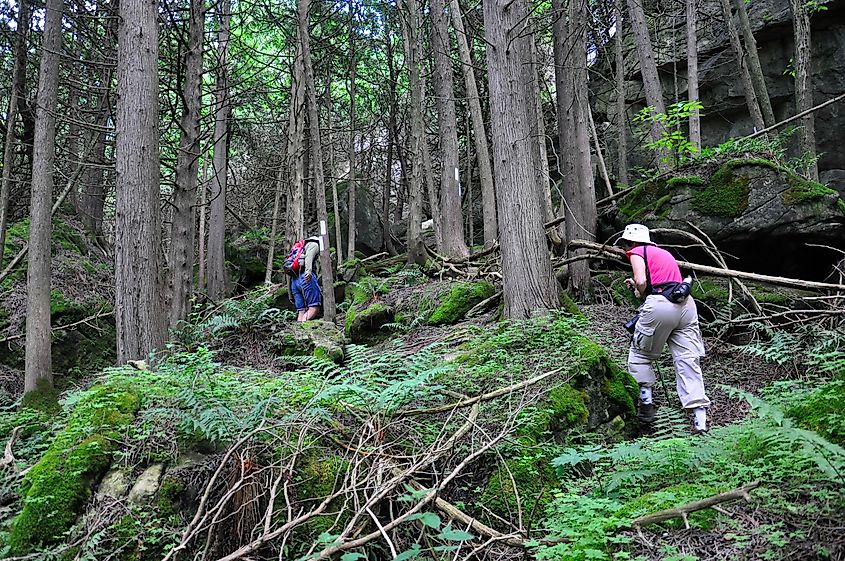
The best way to get started on your Bruce Trail adventure (great or small) is to visit the Bruce Trail Conservancy's website. From there, you can download the Bruce Trail App, print PDF maps or order the official BT Reference Guide, and/or check out the group hike schedules. Otherwise, simply figure out where you want to jump on, and follow the blazes. Not every part of the trail can be easily accessed, but plenty of handy trailheads can be found in the formal parks and conservation areas along the way. Those yearning to see the entirety of the Bruce can chip away at it with a bit of strategic car-pooling or join the growing list of annual End-to-End hikers.
However you choose to approach it, the Bruce Trail is sure to be a rewarding experience. In fact, according to a recent, light-hearted study, the Bruce Trail was ranked as the "sixth happiest walk" in the world. Facial recognition software was used on relevant Instagram posts from 30 different routes in order to generate a (decidedly unscientific but still interesting) happiness score. The Bruce achieved a rating of 93.67. That's higher than the Grand Canyon! So along with recharging in nature and getting a good workout, a hike here is sure to put a smile on your face.
If you had to pick one region to hone in on, I recommend hiking the Peninsula. Here, the Bruce Trail traverses Bruce Peninsula National Park, and parallels Fathom Five National Marine Park via the limestone, cedar-lined cliffs above Georgian Bay. Not only is the natural beauty remarkable and the terrain consistently engaging, but the number of campsites picks up considerably compared to large swaths of the southern portion.
On that note, one of the lingering challenges for prospective thru-hikers is that there aren't enough legitimate campgrounds to do the entire trek with a tent. In order to ensure continued cooperation from landowners, the BTC asks that long-distance hikers utilize hotels, B&Bs, and cottages to bridge the gaps when necessary.
The Bruce trail introduced me to the wilderness of southern Ontario, and (to lean into the pensive explorer cliche) unknown parts of my psyche. Jogging its nearby sections showed me the importance of getting out into nature on a regular basis. And walking from my home in Hamilton to the shores of Tobermory, all in the face of a capricious spring, put me in touch with a forgotten primal gear. I literally couldn't grow a beard before my trek, but after sleeping outside for a month and eating mostly peanut butter, viola!, I returned home with the caveman aesthetic I always craved. I'm grateful to the BTC for dreaming up (and sustaining) one of the best hikes in the world. I hope that you get a chance to feel, firsthand, why the Bruce Trail means so much to so many people.

